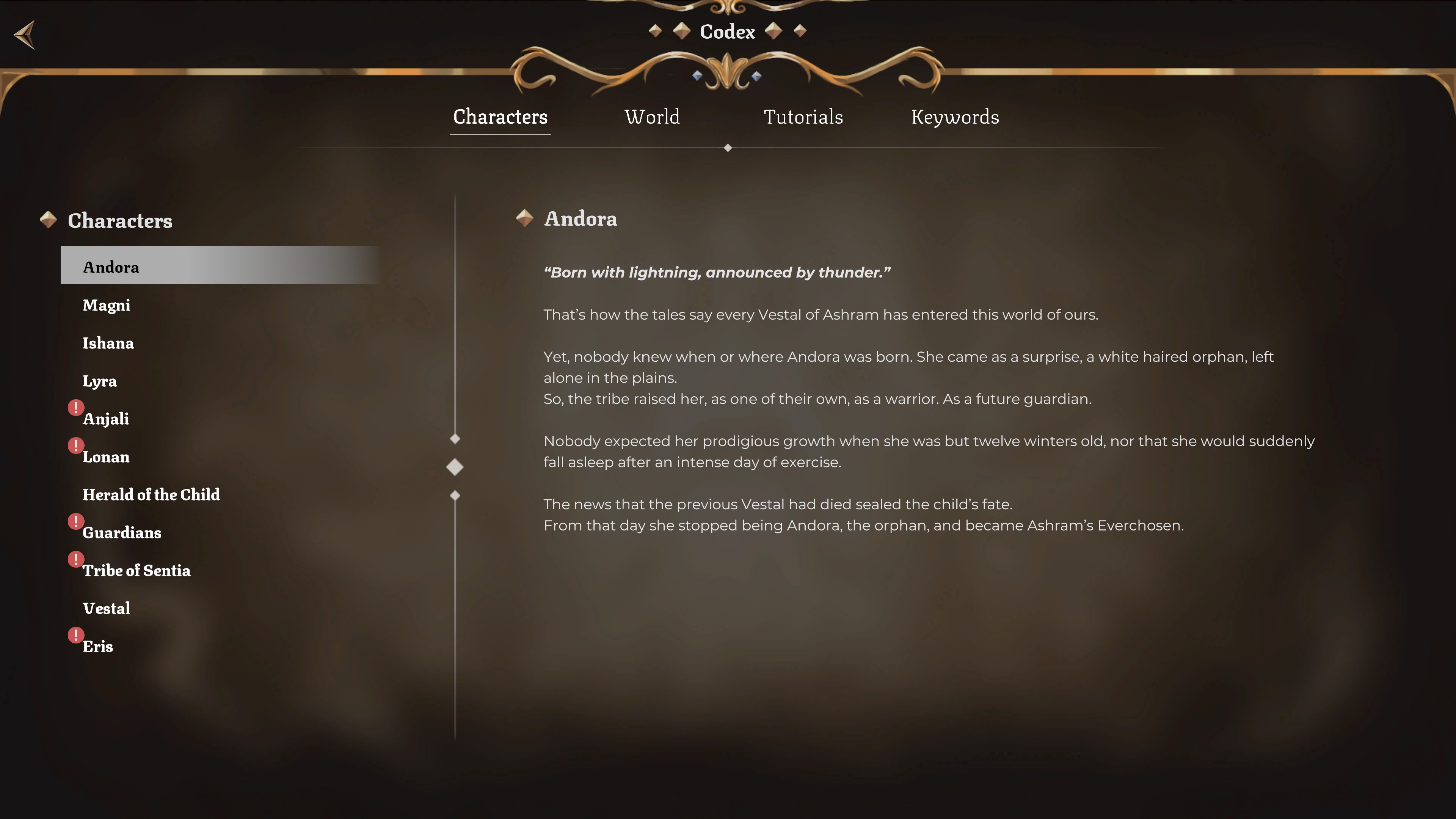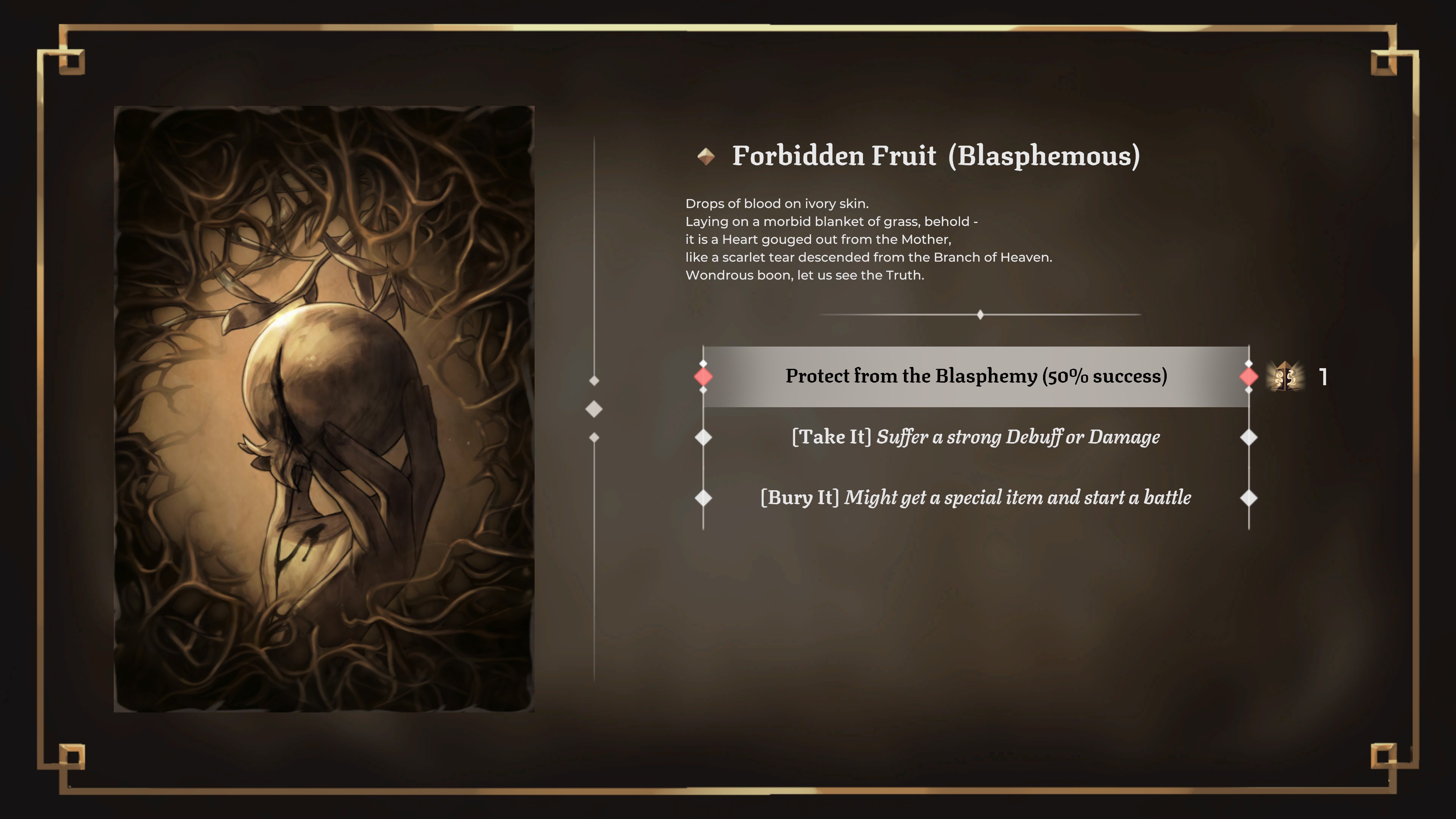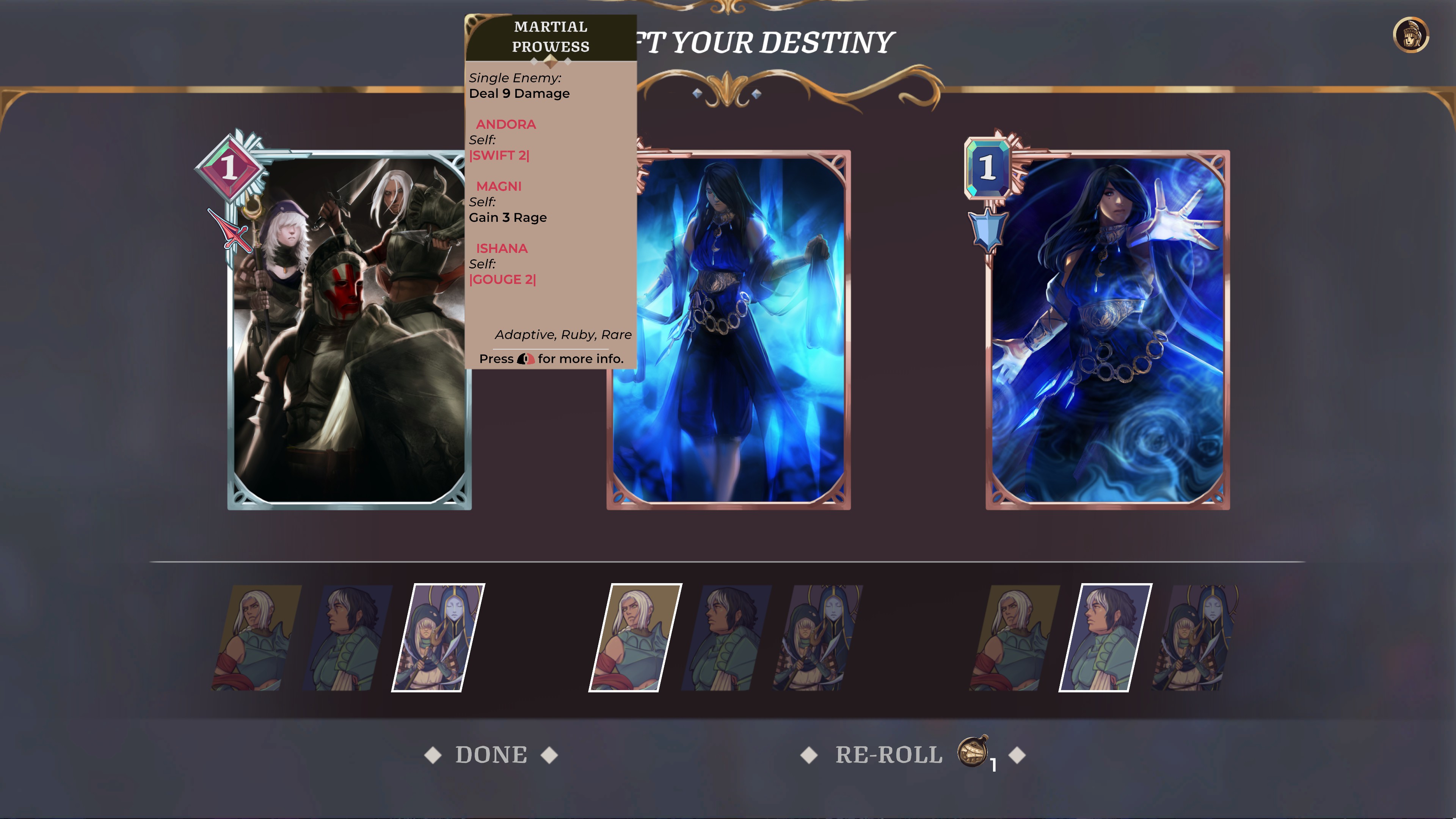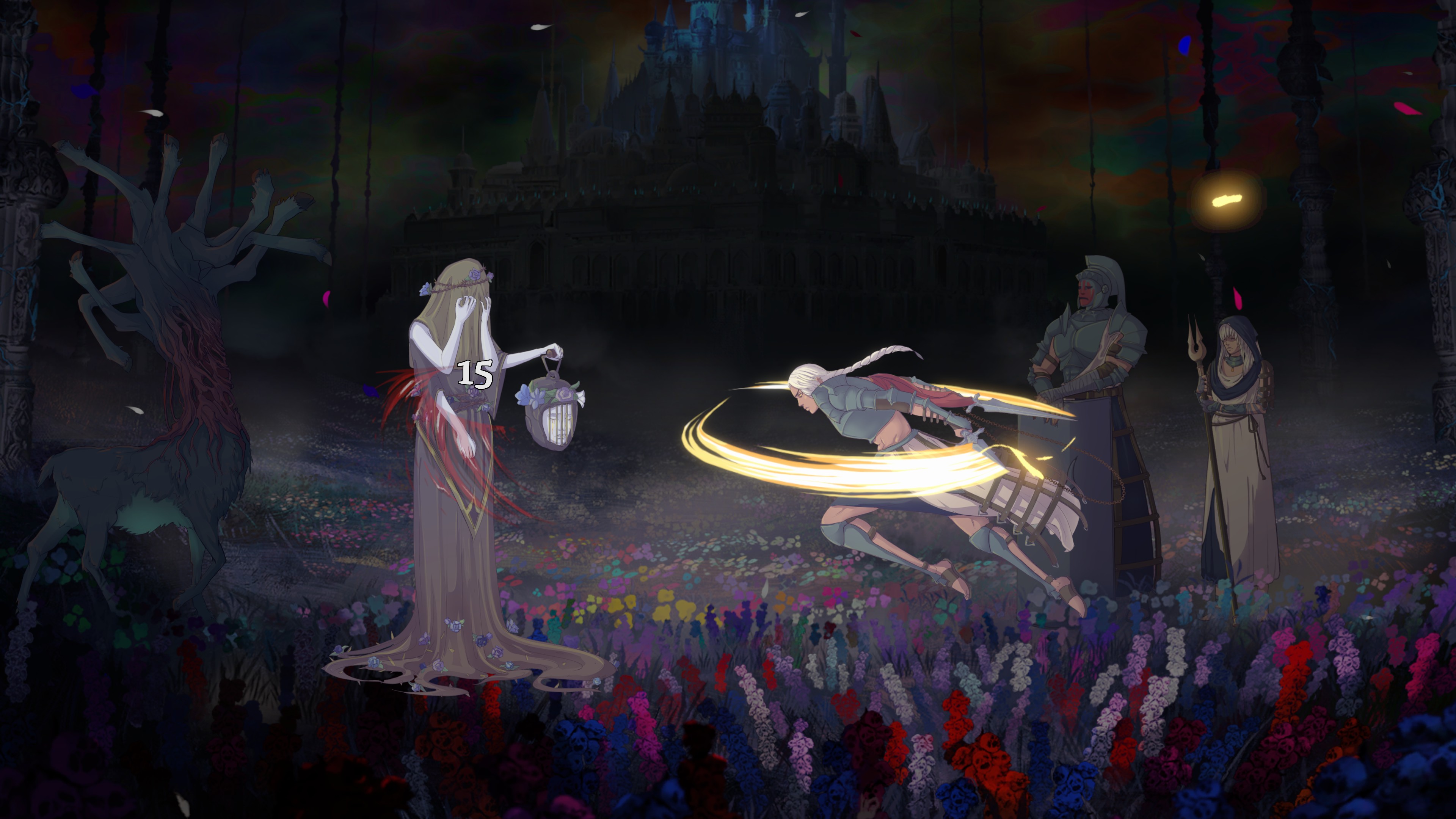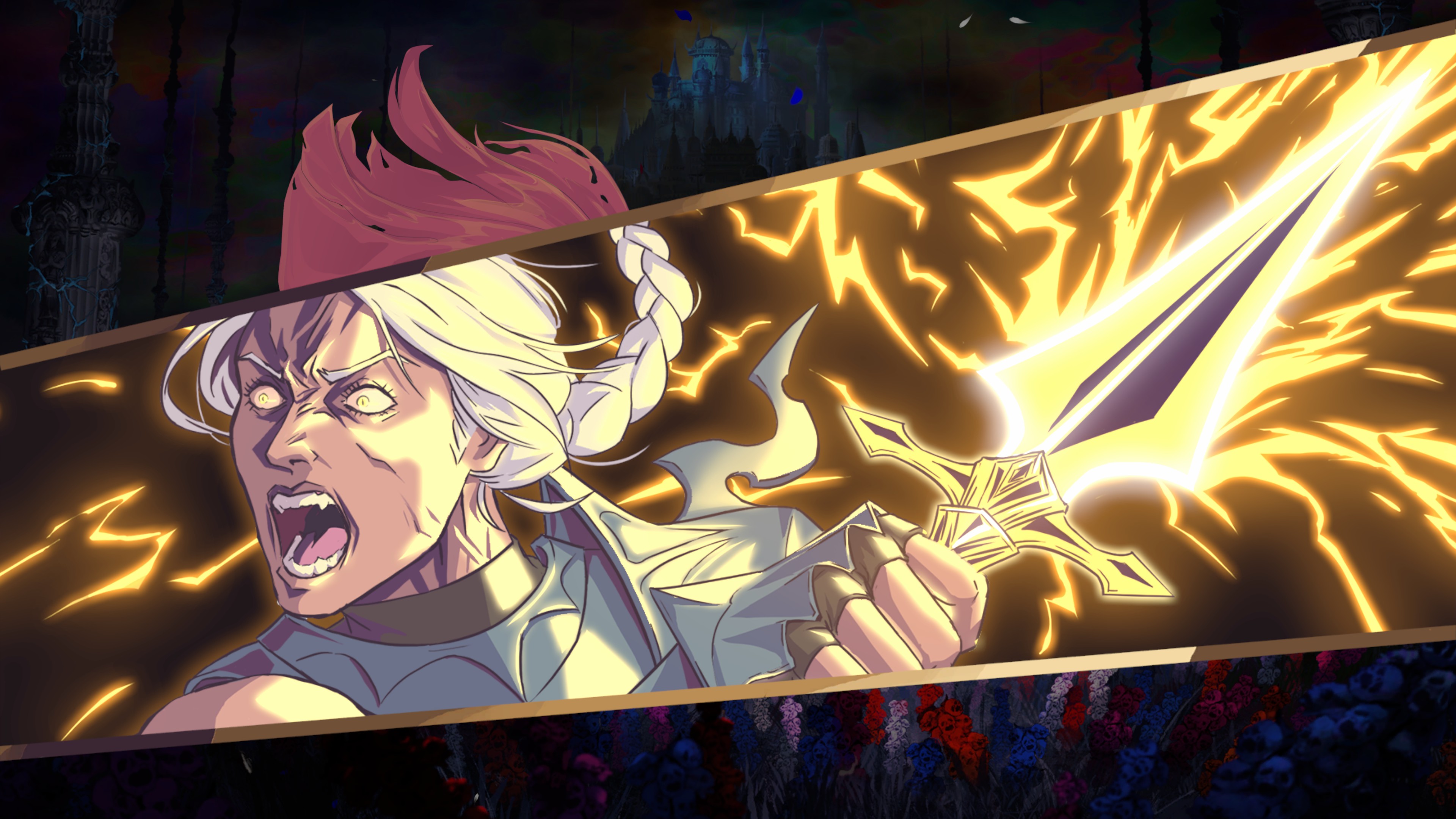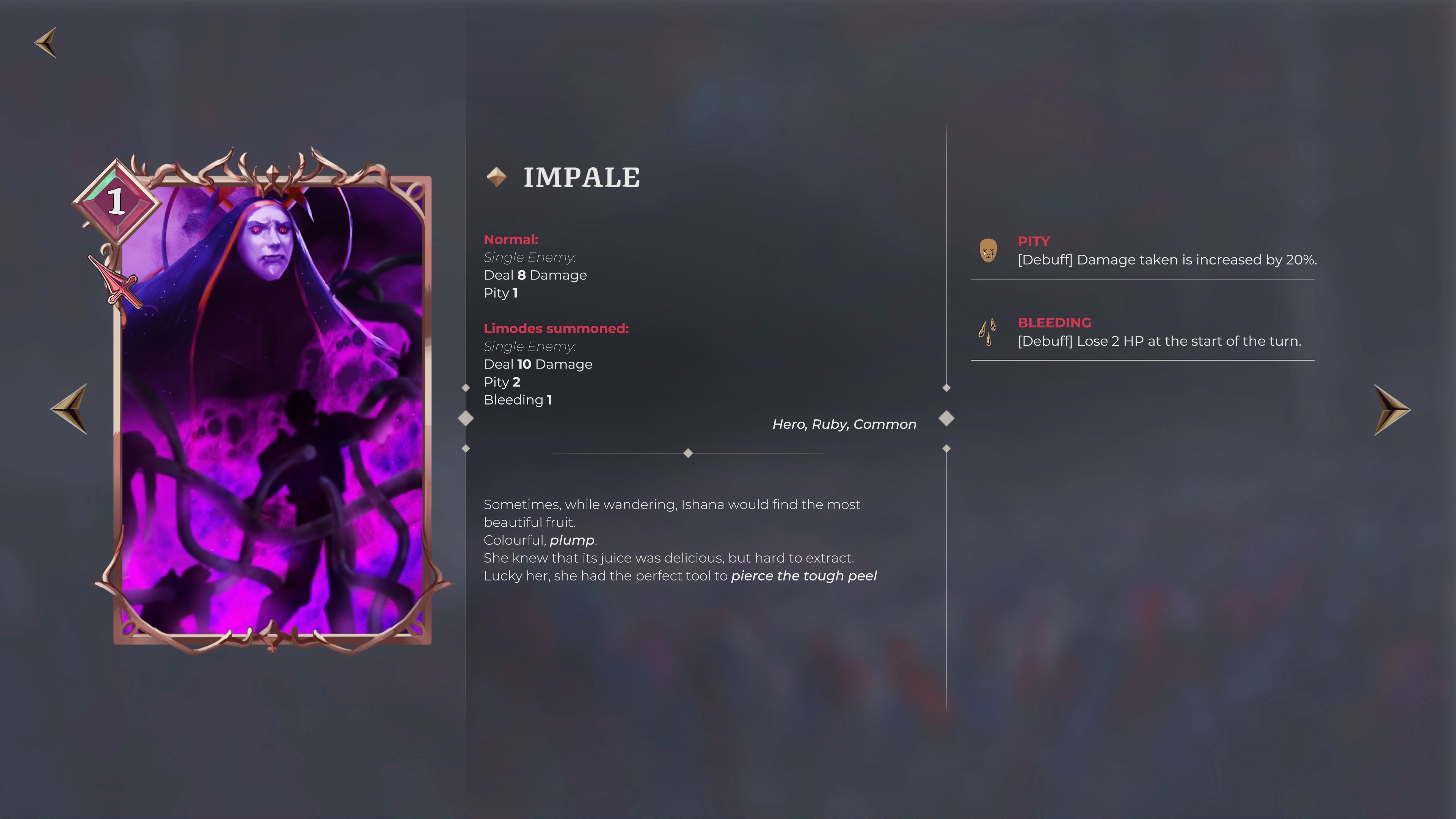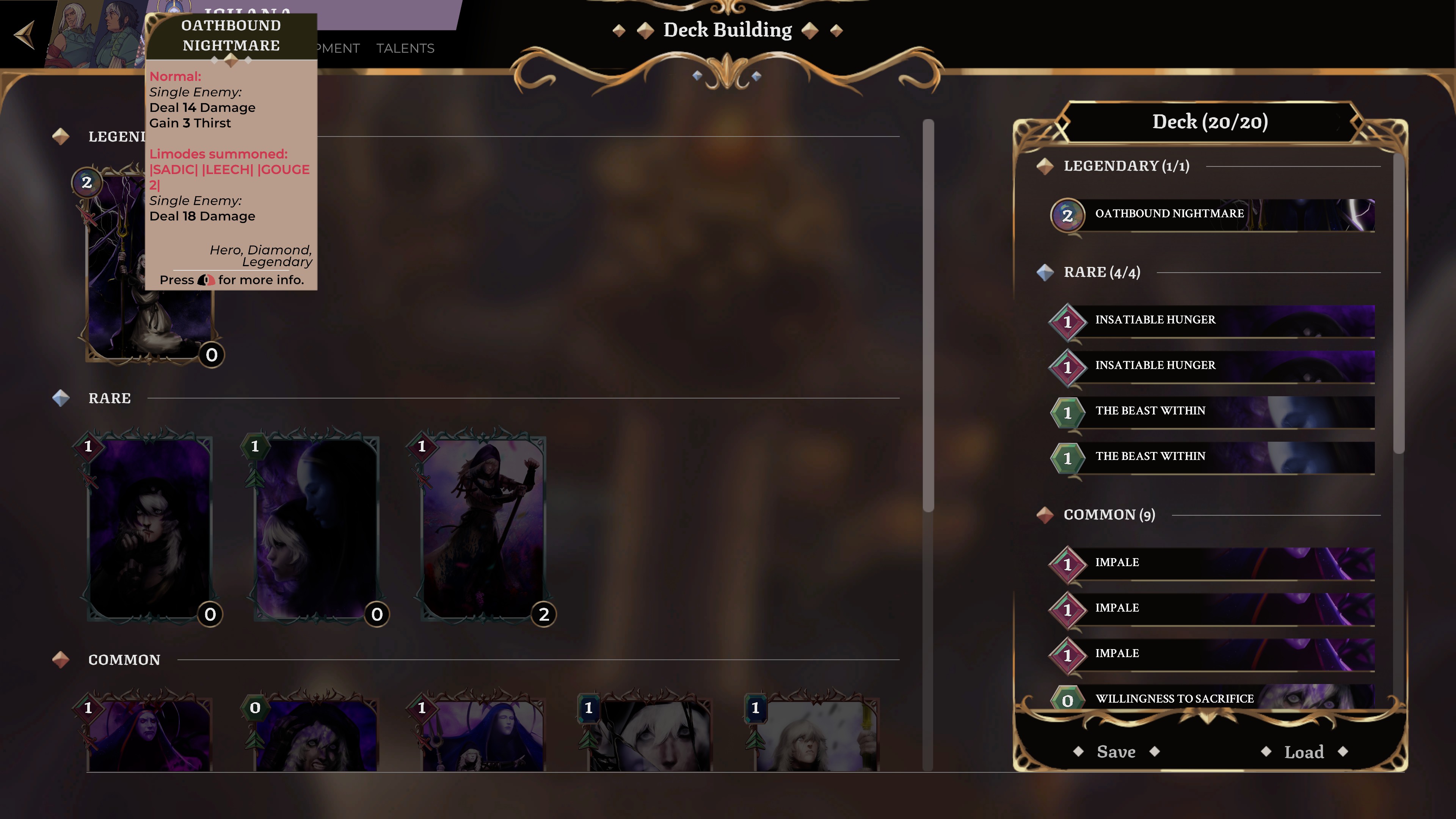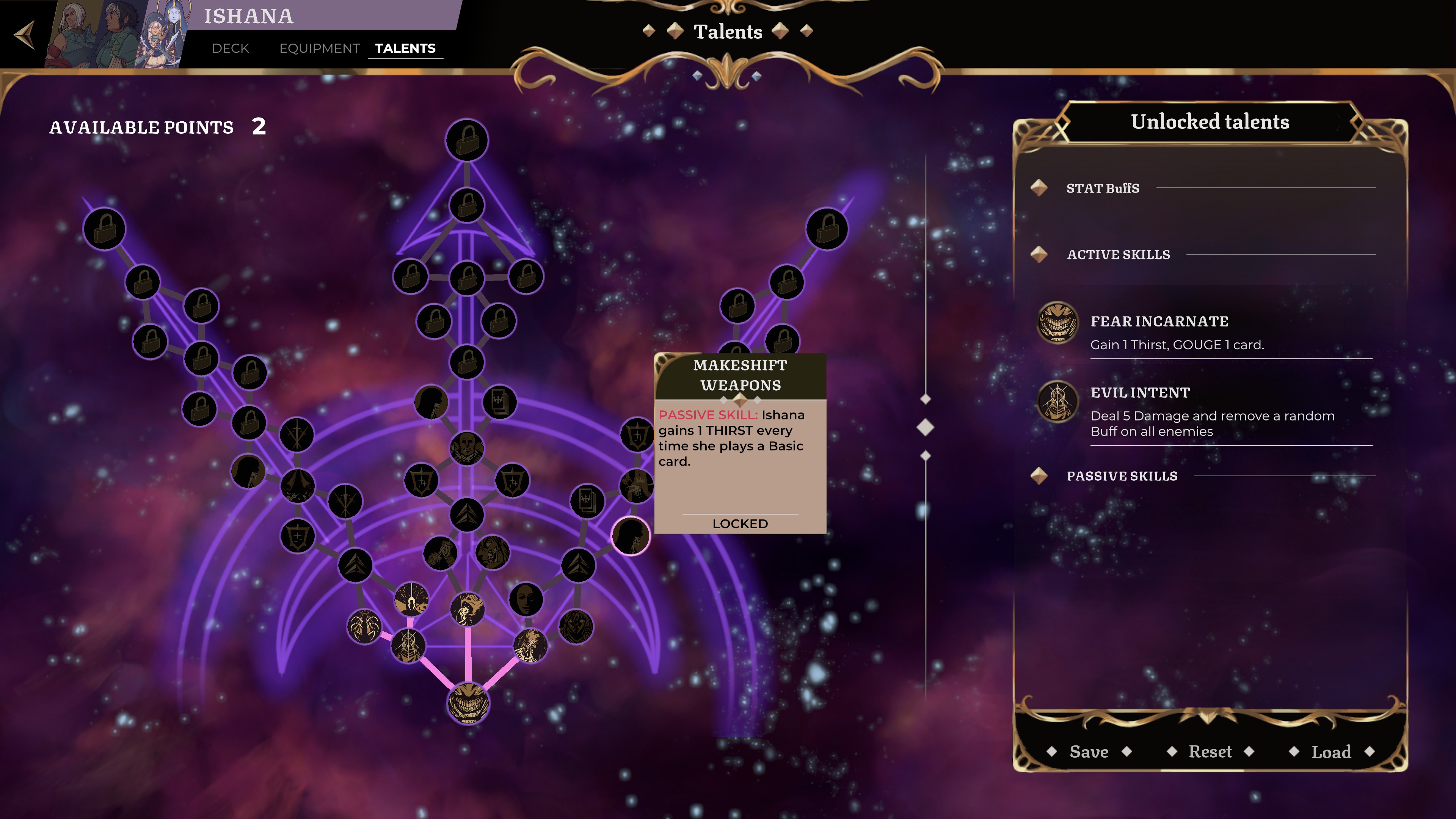Shattered Heaven Review
Shattered Heaven is a deckbuilding, branching narrative dark fantasy RPG, with some roguelike elements, out now in Early Access. Yeah, that’s a lot of keywords, and if that turns you off then this is not the game for you. This is a game with lots of (optional) lore and text, tons of gameplay mechanics from the cards themselves to all the supporting systems, full of potential for a deep campaign or roguelike mode.
But boy does it have a lot to get into, both good and just a bit much. Here are my early impressions as the game heads for a release in the coming months.
First, let’s start with the shear amount of stuff in Shattered Heaven, in terms of gameplay. The main feature, of course, is the deckbuilding (proper deckbuilding like in Magic or Hearthstone as well as tweaking as you go through encounters, a la Slay the Spire) and battles using your decks. You have three characters you control at once, each with their own mechanics and decks. But go in the complete opposite direction of something slimmed down like a typical Spire-like: activated character abilities (a full talent tree), items, and potions (crafted items) along with tons of card keywords and status effects.
And therein lies one of the biggest issues I noticed in my few hours: it’s a bit much. Now this might ultimately be a positive, of course, and from what I’ve seen the base difficulty isn’t too much if you are familiar with general deckbuilders/battlers. So you don’t have go crazy and min/max every facet of every character, at least in the early hours. But you can spend plenty of time on the deck crafting and character building side if you’d like, you just need to juggle all the pieces.
Another key element of Shattered Heaven, besides this blending of more RPG elements with a deckbuilder, is the story and narrative pieces. I have to admit being a bit lost within the first minutes, only understanding some bits about God being dead and four factions needing to send chosen warriors to some special battle. The list of characters, places, and bits about the world is quickly overwhelming, though there is a detailed lore log. It is, again, a bit much, falling more towards the typical fantasy tropes of throwing a lot of names and words at you to start.
Still, there’s plenty there to dig into if you want and I think that’s what can make Shattered Heaven stand out within a crowded field. You could skip all the story bits in the newly released “Ascension Mode” (a roguelike deckbuilder stripped of the story). Or go the opposite way and play on a story difficulty mode in the main game, to downplay the tactical battles to experience the story more readily. These battle happen between other random events like finding treasure or hitting a trap, spread randomly in a grid of rooms you navigate with your party for each mission.
Related to the story, the overall presentation is likewise a bit hit or miss in places. I like the illustrative art style, though some elements look a bit lower resolution or mismatched in polish, at least on my larger 4k screen. (Some UI elements in particular stick out as lower resolution.) There are some animations, each card is presented as just full artwork (more on that soon), and the overall style may not be super distinctive and unique, but harkens back to more classic fantasy drawings and animation to me.
Back to the story itself though. As I said, there’s a lot of it and I haven’t fully absorbed it. This marriage of a narrative (they say branching, too) RPG to a deckbuilder is probably the key element pushing a player to get deeply involved or bounce off of it. Up to the first boss there was only one “branching moment” that was called out specifically, and a character’s reaction in the next conversation depended on that. But I’m not sure any effects after that or if that influences in the longterm the missions or story. I can’t say that I fully involved myself in the story to start as I wanted to see more of the cards and battling. In that sense, I didn’t find it immediately as engaging for me to follow the narrative elements more than the gameplay pieces.
The story parts are front and center. Frequent conversations between characters are text based and need a more responsive way to click past them if you are a fast reader. You click for all the text to appear and again to move to the next piece of dialog, but there’s a long pause if character portraits are animating in/out to change who is speaking. This makes me wish more of it was cut to streamline the narrative, but that’s not what this game is, of course. There’s plenty of voice acting in more important story bits and illustrated cutscenes, of varying quality. None of the voice acting is too terrible, but mostly not outstanding either.
On the other hand, I enjoy the more classical musical score, with nice piano and choral parts especially. The game boasts of a soundtrack with opera singers and I think it is a nice touch.
Overall though I can’t fault the production much for an indie game: enough animations to keep things somewhat fluid, clean art overall, interesting backdrops and enemies (if mostly the same in each main area), lots of cards and mechanics that seem interesting to plunge into, and pretty bug free.
The long card keyword list is a nice reference but it is not ordered fully and repeats. There needs to be more hovering elements so you don’t need to click each card or go to the reference to see what a keyword means, especially because there are so many. The interface is clean enough (if not always stylistically matching) with cards just full art, but at the expense of hiding some info. Besides the keywords not having hovering reminders, each character has a meter that builds up as part of their mechanic, like rage or a creepy demon(?) that empowers some cards. Yet I can’t remember the details of what each does and need to go look them up in the encyclopedic reference. Again, great to have, but should be more integrated.
On the Steam Deck performance via Proton, as expected for this type of game, is great with no issues. Controller support though has a few minor issues. Prompts on the screen refer to keyboard/mouse and in other places are missing. Navigating the dungeon map with a joystick or d-pad is not that intuitive (the map doesn’t use cardinal directions). However, the default configuration does have the right trackpad as a mouse, which is a fine fallback but full controller support would be a good fit here. There is a text size setting and no problems with the text on the Deck.
Shattered Heaven is nearly complete, according to their Early Access plans which list October/November for a full release. The card battling from what I’ve seen is at least competent with a chance for some good depth and choices if it holds together in the long run. Good elements like deck and talent loadouts plays to that well, but there’s a lot to keep track of and balance. I had some moments of some card and character combos starting to come together in a longer boss battle (well done on telling the player there are multiple phases and how it works!), but not yet hitting the runaway combos of Slay the Spire or Monster Train. Not that this is that type of mechanics-first game as the story and RPG elements are mixed in.
An interest in these different pieces, if the story draws you in, could make this one to watch. I’m not sure if I want to go deep on all the lore and story (and I could skip a lot of the side dialog) but I always like a new card game. I’m drawn more to the potential depth of the gameplay than the story so far here, but if the story draws me in more as it goes that could make for a good game. Some more polish on the UI, story presentation, and onboarding through all the games offers would help. There’s so much out there already though, so it is up to Shattered Heaven to make the most of its blended genres to leave a mark and not sink under their weight instead.
Shattered Heaven is currently in Early Access on Steam. A review copy was provided by the publisher.



